Special Report
10 Brands That Will Disappear in 2017
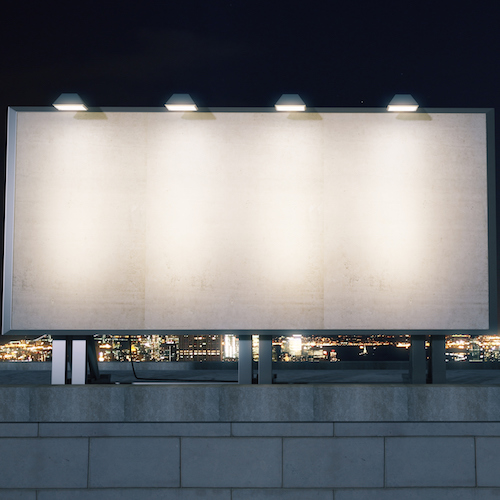
Published:
Last Updated:

A great deal needs to happen for an established brand to die. Brands can have immense power and the fortunes of a brand do not necessarily reflect the company’s fortunes. For example, car manufacturers have many brands — some successful and some less. Brand management is an integral part of a company’s marketing strategy.
Each year, 24/7 Wall St. identifies 10 American brands that we predict will disappear in the coming year — either due to bankruptcies, mergers, discontinuation, or rebranding. The majority of these cases represent some failure, either in company or brand, and often in both. Some of the brands on this list are already certain to disappear, with just the last remnants left to dissolve next year. Others are on a trajectory to vanish, but their final fates will depend on what happens next year.
[in-text-ad]
The best brands have staying power and can weather major changes in the company that owns it. People will continue to follow a sports team through generations, even if the players, management, and even home city change. When companies merge, the new parent company will often opt to keep the strongest and most successful brands intact.
Click here to see the brands that will disappear in 2017.
When a company opts to abandon a major, long-standing brand, it is usually a sign of long-term decline or failure bad enough to necessitate starting over or pulling the plug. That was certainly the case for Time Warner Cable, which, after the completion of a merger with Charter Communications, joined Charter in rebranding as Spectrum. Although Time Warner Cable was one of the biggest brand names in America, the company was notorious for its poor customer service. The new corporation was likely trying to distance itself as much as possible from that reputation.
Bankruptcy is the most common reason for brands to vanish, and many of the companies on this list will disappear next year for this reason. Retailer Sports Authority declared bankruptcy this year and liquidated its assets. Another retailer, The Limited, has been driven to the brink by the growth of e-commerce and declining shopping mall traffic, and appears likely to go bankrupt in the next year as well.
Outright failure of brand or company is not always the reason for a major name to vanish. For example, in the cases of Scottrade, which was purchased by TD Ameritrade, and Virgin America, bought by Alaska Airlines, the acquiring companies may have the better brand name. While a decision has not yet been reached in either case, Scottrade and Virgin America may dissolve into the brands that acquired them.
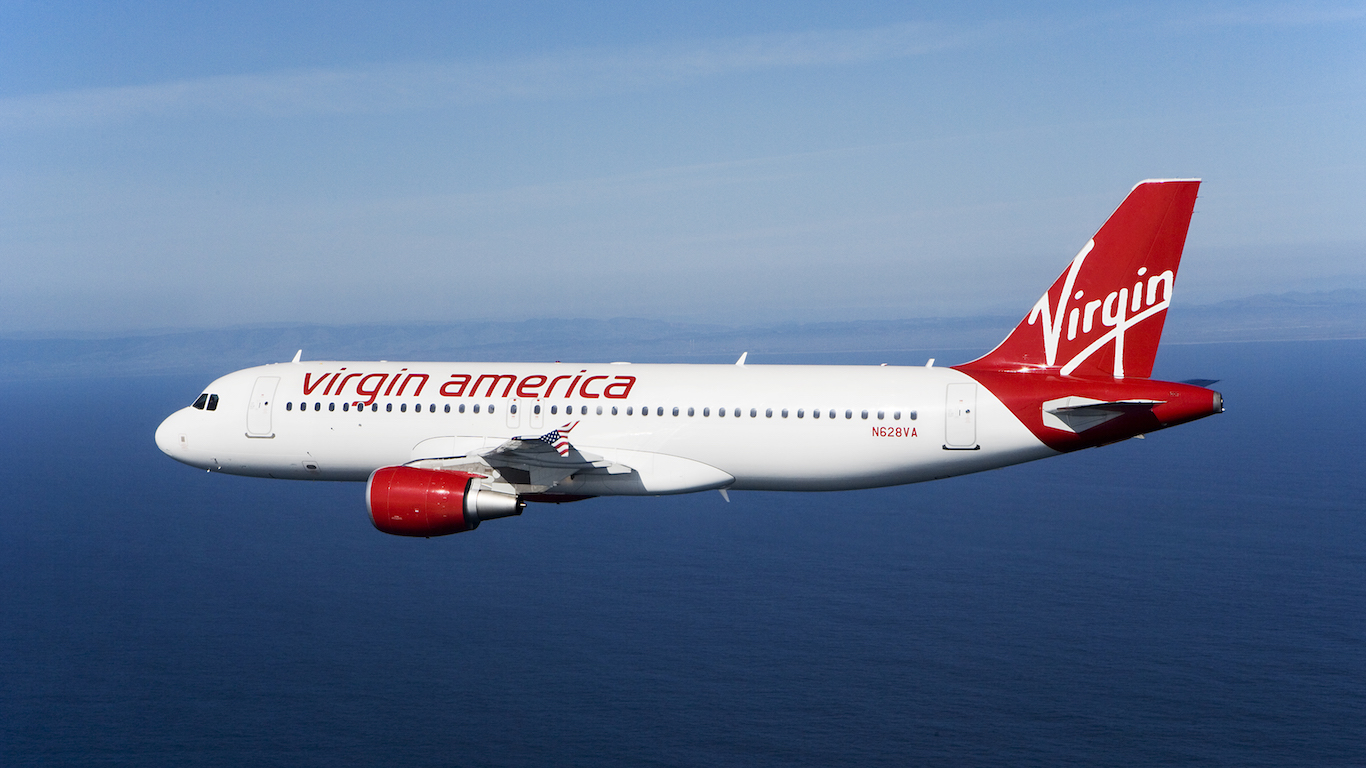
1. Virgin America
Alaska Airlines announced in April 2016 that it would acquire Virgin America, combining to create the fifth largest airline company in the United States. While the deal was officially completed in December, Alaska has yet to decide whether it will continue to operate the two airlines as separate brands or fold the Virgin brand into the Alaska Airlines brand. The company is currently conducting market research within its customer base to find how valuable the Virgin brand is among Alaska customers. It will make an announcement on the matter early next year.
[in-text-ad]
If Alaska Airlines were to discontinue Virgin, it would be the latest in a series of brand consolidations in the airline industry. Each of the four main U.S. carriers today — American, Delta, United, and Southwest — who collectively control more than 80% of the market, has expanded by acquiring an airline and absorbing its brand. Northwest Airlines, Continental Airlines, and US Airways were each bought by one of these main airline carriers in the last 10 years. Alaska Airlines also recently discontinued an airline brand. After purchasing Horizon Air in 1986 and operating it under a distinct identity for 25 years, Alaska subsumed the brand in 2011. While Virgin has a more loyal and widespread customer base than Horizon Air, Alaska may drop its new brand and join the industry-wide trend of airline brand consolidation.
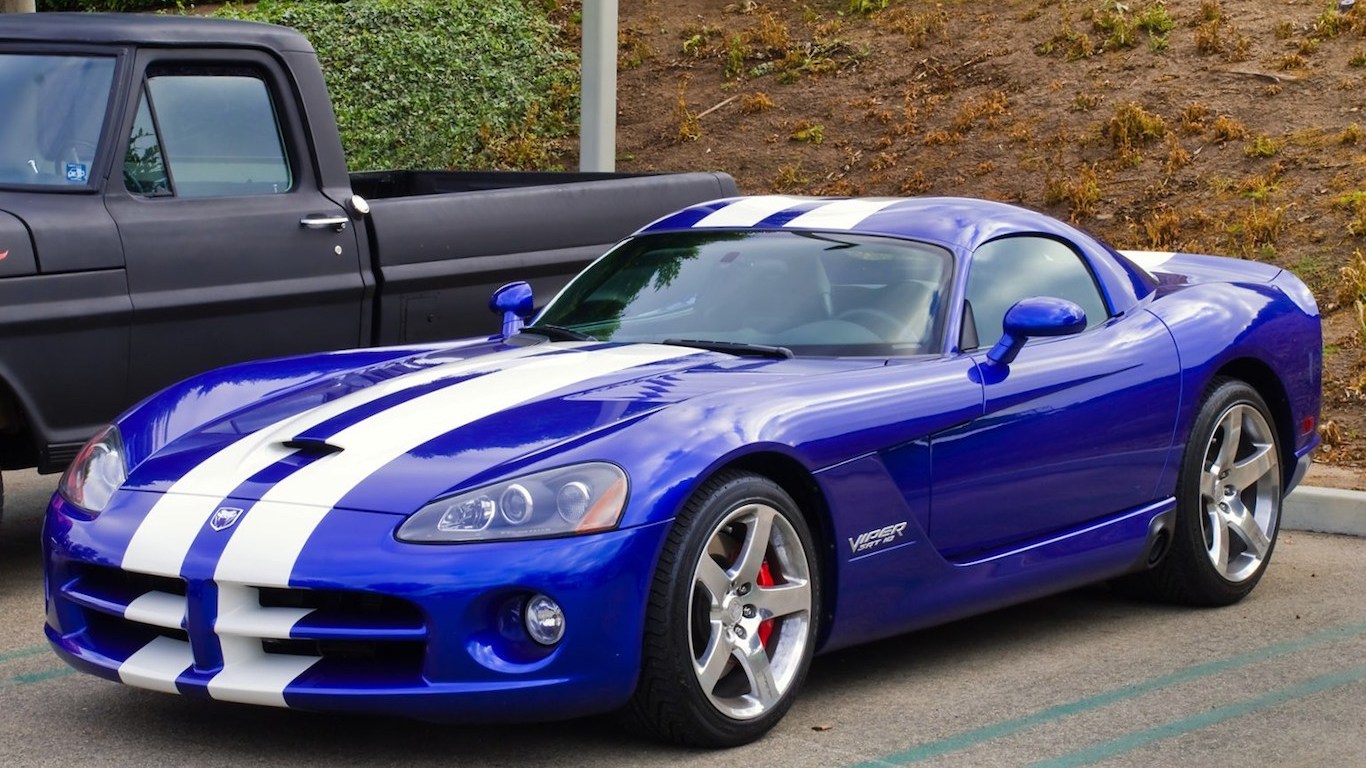
2. Dodge Viper
Auto manufacturers often benefit from the strength of the some of their most well-known and long-running brands. This list would include cars like the Toyota Camry, the Ford F-150, and the Honda Accord. While it might not quite be at this level of brand name recognition, the 25-year old Dodge Viper is one of the biggest names in sports cars — and it will soon be a thing of the past. Introduced as a concept car in 1989, many considered the Viper to epitomize the American sports car. During Chrysler’s bankruptcy in the midst of the Great Recession, the carmaker stopped production on the Viper with the 2010 model year, but reintroduced it just three years later. With a price tag suited to sports car enthusiasts with money to burn — the most recent models have an MSRP greater than $80,000 — the car was never meant to have sales in the same magnitude as mass market vehicles. However, while the car sold well over 1,500 units annually in the U.S. in the early 2000s, the highest single-year total in U.S. sales since its reintroduction was 760 in 2014. Through the first 11 months of 2016, Chrysler sold just 571 Vipers in the U.S. and 48 in Canada. In June, the company announced that the 2017 model year would be the Viper’s last, and that production would end next year.
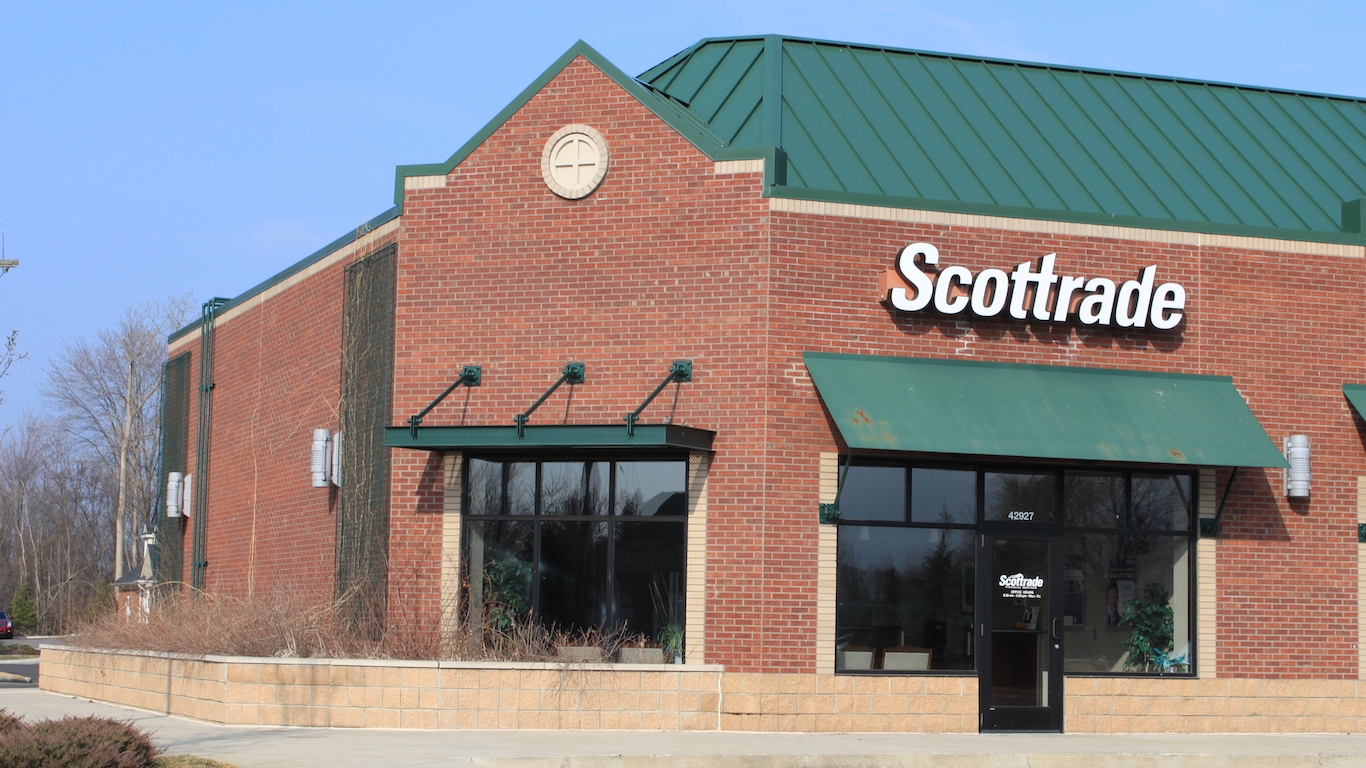
3. Scottrade
In October 2016, TD Ameritrade and Toronto-Dominion Bank announced that it would purchase Scottrade for $4 billion. Based in St. Louis, the discount brokerage has been operating since 1980. Compressed margins in the industry are likely the main reason for the merger. The combined company will have more than 10 million accounts and nearly $1 trillion in assets. Speaking to the St. Louis Post-Dispatch after the agreement, Scottrade founder and CEO Rodger Riney explained the business has become very competitive and how larger scale would help lower costs. In a letter to customers, Scottrade President Peter deSilva explained that the core business and network would remain in place. What is less clear is whether the Scottrade name will remain. One strong indication that it may be the last days for the brand is that the Scottrade Center in St. Louis — home of the National Hockey League’s St. Louis Blues — will change its name to the TD Ameritrade Center.
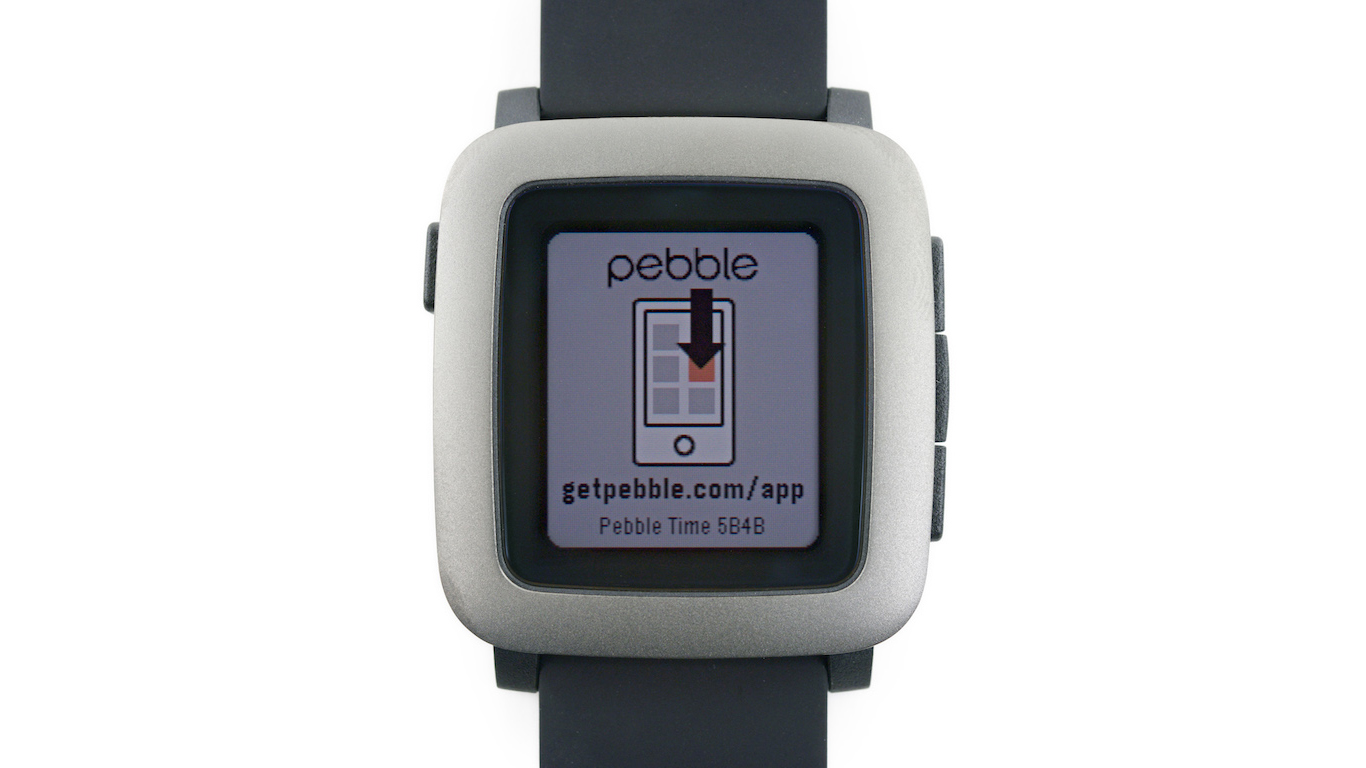
4. Pebble
Pebble is the story of a Silicon Valley startup that beat Apple, Google, and other competitors in creating a smartwatch, only to eventually lose the market entirely. In April 2012, Pebble launched a Kickstarter campaign that raised more than $10 million in just a month, the most funded such campaign at the time. Pebble’s first watch, the first of its kind to run on iOS or Android platforms, was launched in 2012, far ahead of major competitors. When Apple eventually released the Apple Watch in April 2016, it appeared that the increased interest in smartwatches might drive up demand for Pebble, which were a cheaper alternative. Sales initially spiked but eventually plummeted. In March, in the midst of tanking sales, the company laid off one-quarter of its existing staff. Pebble’s fate was sealed this year after it was acquired in December by competitor Fitbit for $40 million. The company is no longer manufacturing or selling its devices, but Pebble devices can still be purchased through third-party vendors. That will likely become much harder through 2017.
[in-text-ad]
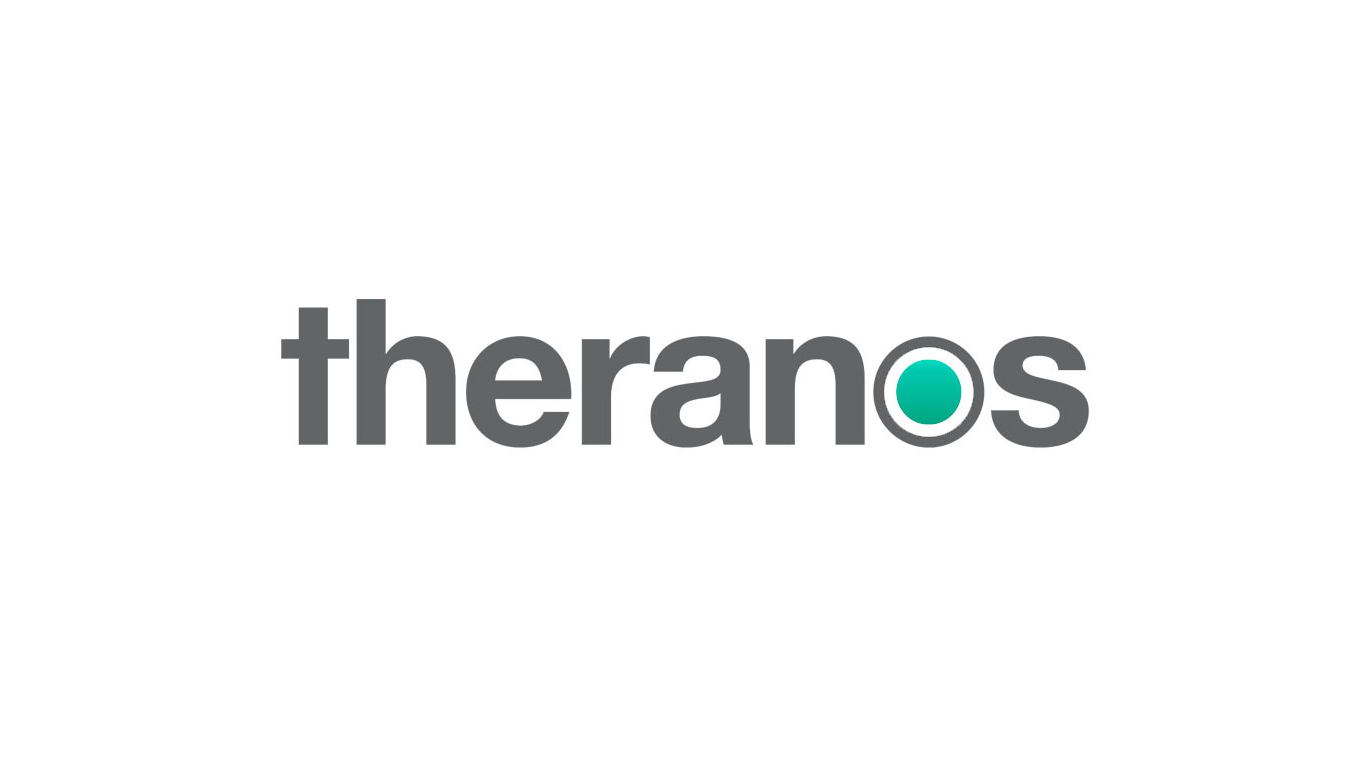
5. Theranos
Consumer health care technology company Theranos raised more than $400 million in funding and had a valuation of $9 billion in 2014. The company was poised to revolutionize the health care industry, and its founder Elizabeth Holmes was hailed as the next Steve Jobs. The company’s flagship product, the Edison device, could draw and test blood in a single finger prick. In a series of investigative reports by The Wall Street Journal assessing the accuracy of the blood tests, however, the Edison devices were found to be faulty. Theranos voided the tens of thousands of blood tests administered in 2014 and 2015, and Holmes’s net worth fell from $4.5 billion — her 50% stake in the company — to nothing.
Theranos has been hit with multiple lawsuits in the wake of the WSJ revelations. In November, Walgreens sued the company for $140 million on the grounds that Theranos misrepresented the efficacy of its technology. Walgreens was Theranos’s biggest partner before the scandal, offering blood testing services at 40 now-closed Theranos Wellness Centers in Walgreens locations throughout Arizona. Multiple solo investors, many of whom invested more than $100 million in the company, have also sued Theranos. In addition, patients who suffered heart attacks or other medical issues after receiving normal blood test results from Theranos have also filed multiple lawsuits against the company. The company’s future is bleak in the face of so many lawsuits. Additionally, Holmes is barred from owning or operating a medical laboratory for two years.

6. The Limited
The Limited is the latest casualty of changing customer behavior and declining mall sales. The Limited was originally a spinoff from L Brands, a company whose flagship brands include Victoria’s Secret and Bath & Body Works, and is today owned by Sun Capital Partners. The company’s recent activities point to imminent bankruptcy, and Bloomberg has reported that sources close to the company have confirmed as much. The Limited recently hired multiple legal advisers for help with debt restructuring. The law firms were also hired to help with possible asset liquidation, indicating that The Limited is likely to sell its stores and merchandise in a going-out-of-business sale. An additional sign of impending bankruptcy, all sales at the company’s online store are final and 50% off.
Many of The Limited’s mall neighbors, including Aeropostale and PacSun, met similar fates this past year. Each of these mall-based retailers declared bankruptcy after failing to adapt to a changing retail environment. In the case of The Limited, consumer tastes among women are changing in favor of high-end products over mid-priced apparel. After more than 50 years in business, The Limited will likely close its doors in 2017.
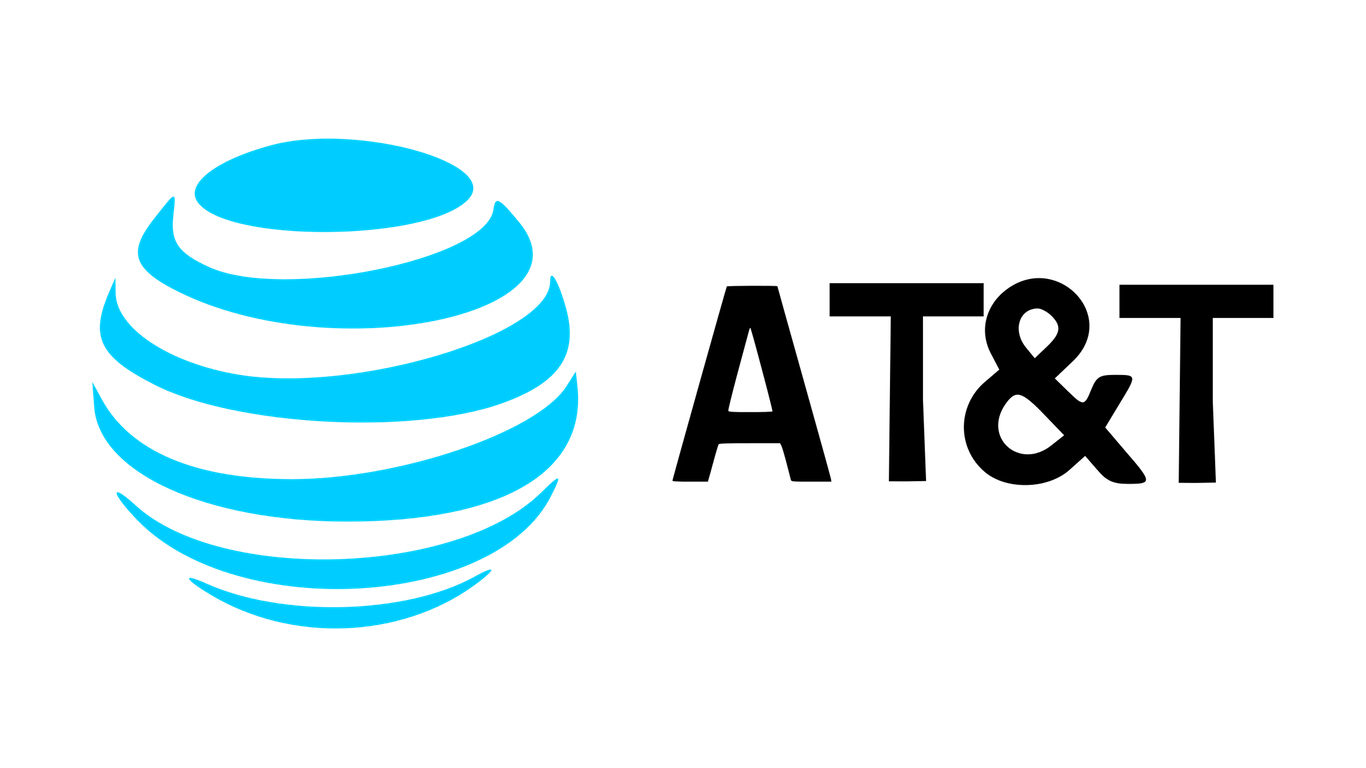
7. AT&T U-Verse
AT&T U-verse is the brand of fiber-based triple-play telecommunications offerings from AT&T that includes broadband internet, telephone, and video services. After last year’s acquisition of DirecTV, the largest satellite TV provider nationwide, AT&T has been phasing out its U-verse subscriptions and pushing customers towards DirecTV. The shift is part of a cost savings effort by AT&T and an attempt to capitalize on the DirecTV brand. Satellite TV has lower hardware and programing costs than fiber-based TV, so the more customers AT&T switches from U-verse to DirecTV, the more money the company will save. According to CFO John Stephens, content is roughly $17 more expensive to provide for U-verse customers than for DirecTV customers. To redirect customers, AT&T has stopped building U-verse set-top boxes, and is coaxing prospective customers towards satellite options.
The company’s efforts to switch customers are reflected in its recent financial reports. In the second quarter of 2016, AT&T gained 342,000 new satellite TV subscribers and lost 391,000 U-verse TV subscribers. The transition is part of a larger effort by AT&T to combine its services into a single entertainment hub, with internet, satellite TV, and wireless in one home device.
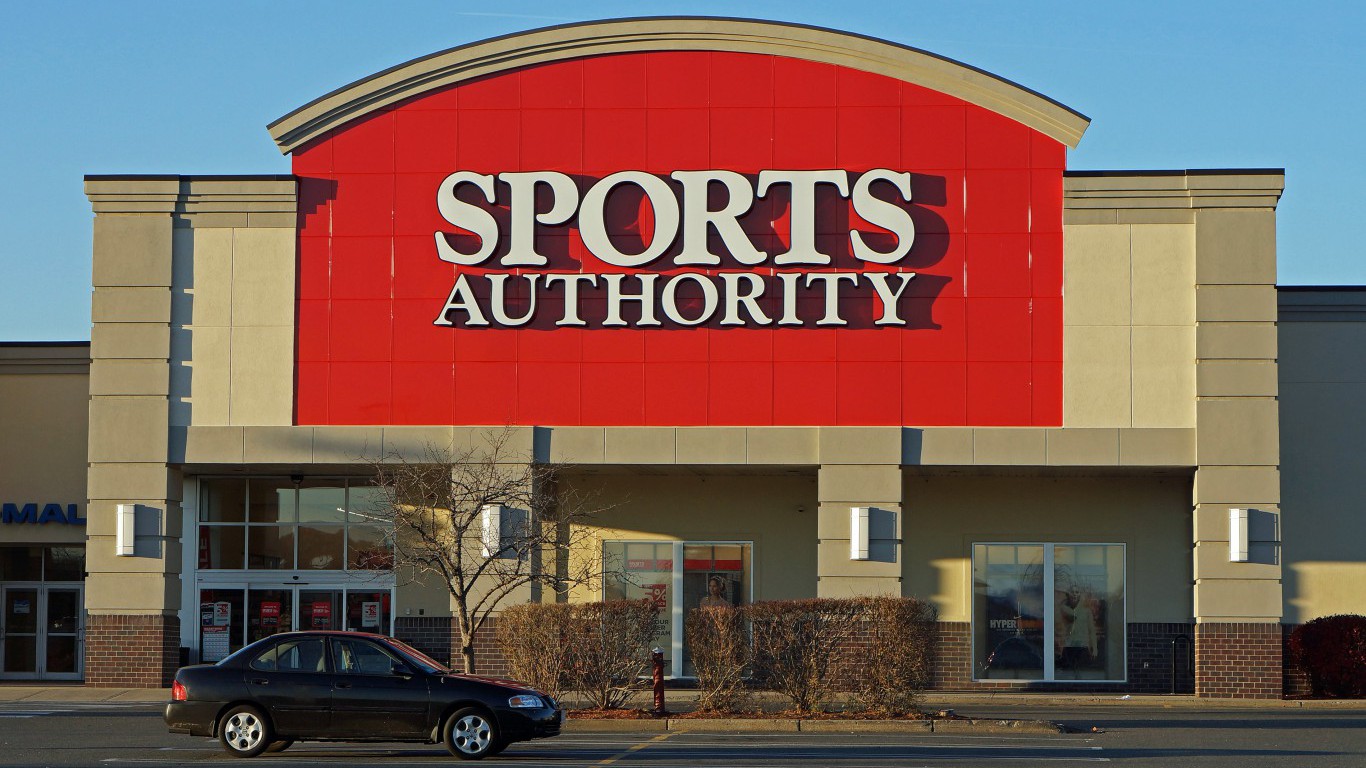
8. Sports Authority
After 29 years in business, Sports Authority filed for Chapter 11 bankruptcy on March 2, 2016 with more than $1 billion in debt. At the time, the sporting goods store planned on closing 140 of its more than 450 stores, or approximately one in three locations nationwide. After failing to reorganize under bankruptcy protection, however, Sports Authority has been forced to close all of its stores. The company’s inventory was sold to three liquidators, who ran the retailer’s final going-out-of-business sales. The Sports Authority brand was sold to Dick’s Sporting Goods, who bought the company name and other intellectual property for $15 million at an auction that took place in June.
[in-text-ad]
Sports Authority is one of a number of dying sporting goods brands. Vestis Retail Group, the parent company of Eastern Mountain Sports, Bob’s Stores, and Sport Chalet, filed for bankruptcy in April. City Sports filed for bankruptcy last December. As e-commerce increasingly becomes the preferred method of shopping, and trends such as athleisure become more popular, sporting good brands that cannot adapt are likely to disappear as well.

9. Yik Yak
Once one of the fastest growing social networks, Yik Yak is currently experiencing declining usership and corporate downsizing. Yik Yak is a location-based message board that allows app users to post anonymously. The format lent itself naturally to college campuses, where users could gossip and spread information about current events. Not long after Yik Yak secured $62 million in funding and a $400 million valuation, its user base began to slip. While Yik Yak was the third most downloaded iOS app in the United States in September 2014, by April 2016 Yik Yak had fallen outside of top 1,000. Yik Yak’s chief technology officer left around the same time, and in December the company laid off about 60% of its workforce.
According to some observers, changes to the app’s interface and function helped cement its decline. While anonymity was key to the app’s early success, in March 2016 Yik Yak began to require that users create a username in order to post. Though users could still choose to post anonymously after creating a username, the obligation to create a username represented the incongruity between Yik Yak’s leadership and its users. The app shows no signs of a comeback and is not likely to make it past 2017.

10. Time Warner Cable
In May, Time Warner Cable and Charter Communications completed one of the many recent mergers among content and data service providers. The structure and ownership of the major cable and satellite companies have been shuffling for years, driven in part by the increasing popularity of internet-based movie and television streaming services such as Netflix, Hulu, Amazon Video, HBO Go, and HBO Now. Following the merger, the name of what was the second largest cable company in the United States behind Comcast, has officially changed to Spectrum. The elimination of the Time Warner Cable brand likely stems from its extremely poor customer service reputation. Any remaining signs of the old Time Warner Cable brand on company merchandise, vehicles, and the website will likely vanish by the end of 2017.
Start by taking a quick retirement quiz from SmartAsset that will match you with up to 3 financial advisors that serve your area and beyond in 5 minutes, or less.
Each advisor has been vetted by SmartAsset and is held to a fiduciary standard to act in your best interests.
Here’s how it works:
1. Answer SmartAsset advisor match quiz
2. Review your pre-screened matches at your leisure. Check out the advisors’ profiles.
3. Speak with advisors at no cost to you. Have an introductory call on the phone or introduction in person and choose whom to work with in the future
Get started right here.
Thank you for reading! Have some feedback for us?
Contact the 24/7 Wall St. editorial team.